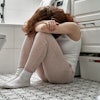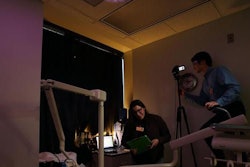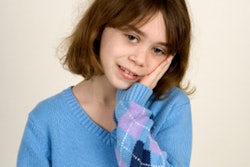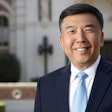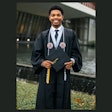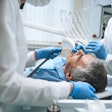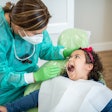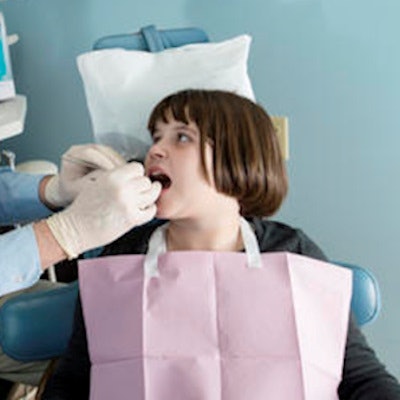
With vinyl chairs, disinfectant-scented air, unfamiliar lights, and high-pitched tools, a dental office can be a stressful place for any patient. But the sounds and sensations can be outright overwhelming for children with autism spectrum disorder (ASD).
Dominique Como, an occupational therapist supported by the U.S. National Institute of Dental and Craniofacial Research (NIDCR), is working to make the dental office more suited to the needs of children with ASD. These patients often struggle to receive regular dental care, which puts them at risk for poor oral health.
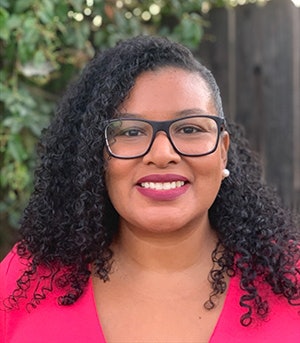 Dominique Como. Image courtesy Tan N. Truong.
Dominique Como. Image courtesy Tan N. Truong."Dental clinic visits can be incredibly taxing for the child, the parent, and the dental practitioner," stated Como, a doctoral student at the University of Southern California (USC), in an NIDCR news article. "I want to find ways to make this a better experience for everyone."
With NIDCR support, Como and her colleagues are evaluating sensory adaptations to the dental environment that can help to reduce anxiety in children with ASD. The research seems especially timely because ASD appears to be on the rise.
Since 2000, the prevalence of ASD has climbed from one in 150 to one in 54 children in the U.S., indicating that a growing number of dental practitioners are encountering these patients. However, studies have shown that many dental providers feel unqualified to work with patients with special needs.
Como and colleagues laid out suggestions for addressing these challenges in a recent review article featured on the online cover of a special issue of the International Journal of Environmental Research and Public Health (December 27, 2020). The strategies described in the article provide a blueprint for reducing dental treatment barriers for ASD patients.
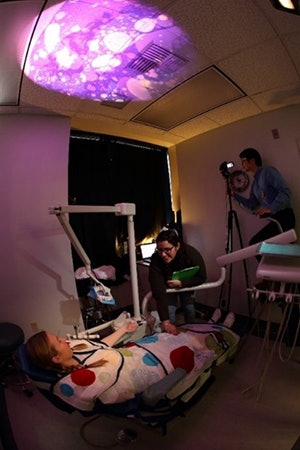 USC scientists developed a sensory adapted dental environment. Image courtesy of Phil Channing/USC.
USC scientists developed a sensory adapted dental environment. Image courtesy of Phil Channing/USC.The authors make the case for collaborations among dental clinicians and specialists, such as occupational therapists, who can contribute their expertise and help dental providers learn to identify and accommodate ASD patients' needs.
Citing their own NIDCR-supported study at USC as an example, the authors described how interdisciplinary teams are creating a sensory-friendly experience for children with ASD. Strategies such as removing bright lights and loud noises, adding calming music, and covering children with a weighted blanket that simulates a firm hug can be calming and help prevent sensory overload.
New environments and unpredictable situations can also distress children with ASD.
For their study, the USC team developed a social story with real-life photographs of a child receiving care in the dental clinic. Before a visit, parents were asked to read the stories to their children to help them prepare for the upcoming dental activities. Visual aids that break down procedures step by step may also help children with ASD prepare for dental visits.
While Como and her colleagues are still evaluating the strategies' effectiveness, families have described the interventions positively and reported some success in enhancing their child's oral care. Como also encourages clinicians to seek the expertise of parents, who can help tailor strategies to their child's unique needs.
"Interdisciplinary collaboration can bring numerous insights," Como stated. "So many factors of our health are interconnected -- our interventions should be as well."
This article was adapted from an original version published on the U.S. National Institutes of Health's NIDCR site.



